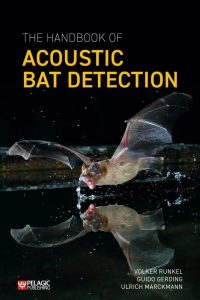 Acoustic detection is a popular and widespread method of environmental assessment, and its use is increasing, driven by the development of increasingly accessible and sophisticated detection devices. The Handbook of Acoustic Bat Detection provides an in-depth understanding of the principles of acoustic detection, study planning, data handling, properties of bat calls, analysis of results, and the manual identification of species. It also includes information on quality assurance, the benefits and drawbacks of automatic species recognition, and the background physics of sound.
Acoustic detection is a popular and widespread method of environmental assessment, and its use is increasing, driven by the development of increasingly accessible and sophisticated detection devices. The Handbook of Acoustic Bat Detection provides an in-depth understanding of the principles of acoustic detection, study planning, data handling, properties of bat calls, analysis of results, and the manual identification of species. It also includes information on quality assurance, the benefits and drawbacks of automatic species recognition, and the background physics of sound.
We are fortunate to have had the opportunity to ask the authors some questions.
The applications of data derived from acoustic bat detection are diverse and wide-ranging. What motivated you to write The Handbook of Acoustic Bat Detection and what impact do you hope the book has in this field?
In our daily work, we have seen a lot of improper use of acoustic data. Mainly driven by misconceptions regarding the interpretation of acoustic data and quite often due to missing basic knowledge on bioacoustics and signal analysis. With the easy availability of acoustic detectors and the relative simple usage, these problems became more common, especially in consulting activities. Many new “bat experts” appeared in the field basing their work on automatic detection and identification systems. We hope to help such users to gain a basic understanding of bioacoustics and give more experienced users new information to further improve their work. Thus overall we hope to improve the quality of projects based on acoustic data and increase the evidence level.
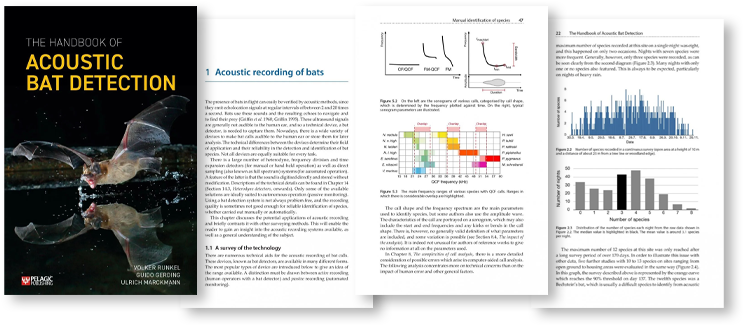
This book discusses some of the different methods for processing acoustic data, such as zero-crossing. What are the benefits of this method versus full-spectrum analysis?
The main benefit of zero-crossing is the much smaller amount of data produced and the possibility of listening to the recorded sounds directly. Full-spectrum detectors produce much larger amounts of data and do not allow direct listening to the bat calls. Yet, the benefits of zero-crossing are decreasing with cheaper data storage and higher processing power. Thus today one can nearly instantaneously listen to full-spectrum sound resampled to zero-crossing or heterodyne representation in real-time. In our opinion, the real-time data gives more insights into the calls on a much easier-to-understand level, yet we accept that experts can do powerful analysis with zero-crossing data as well.
You have all had many years of experience in this field; how has bat detection and acoustic analysis developed and changed since you first started?
We started working on bat acoustics in the field when only heterodyne or zero-crossing detectors were available. So in our early days, we walked through the field listening for bats. We were already interested in better and more reliable species ID back then. Then the time-expansion system was available as well as the Anabat system. We used time-expansion a lot, but both didn’t work well for our scientific research interests. So we developed with the batcorder a real-time detector that completely changed bat work in Germany within a few years. Back in the beginning, sound analysis of bat calls was something only a few were able to do. Now with fully automated systems, the whole process changed. Surveys can run for multiple months nearly everywhere – not only ground-based but also on wind turbines or off-shore. We collect billions of bat calls a year with these systems and thus are able to learn more about their calls and ecology. Yet this is not always the best, since a lack of bat knowledge often prevents optimal solutions for bat-related landscape changes.
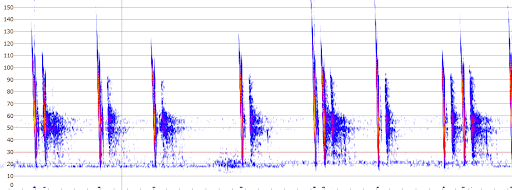
In chapter 11, ‘Quality assurance of reports’, you provide criteria to improve the quality of specialist reports used in impact assessments, such as which information should be included and the procedures that should be followed. How do you think the previous lack of clear guidelines has impacted bat surveying and, consequently, conservation?
In Germany, quite often surveys were conducted and it was later not possible to understand the low or high results since important information was missing. Also for legal complaints in planning processes, it was quite often impossible to understand how the data was actually sampled. If surveys and methods are well documented, it is much easier to evaluate the planning process and even more to work out optimal sampling schemes for following surveys in the new planning processes.
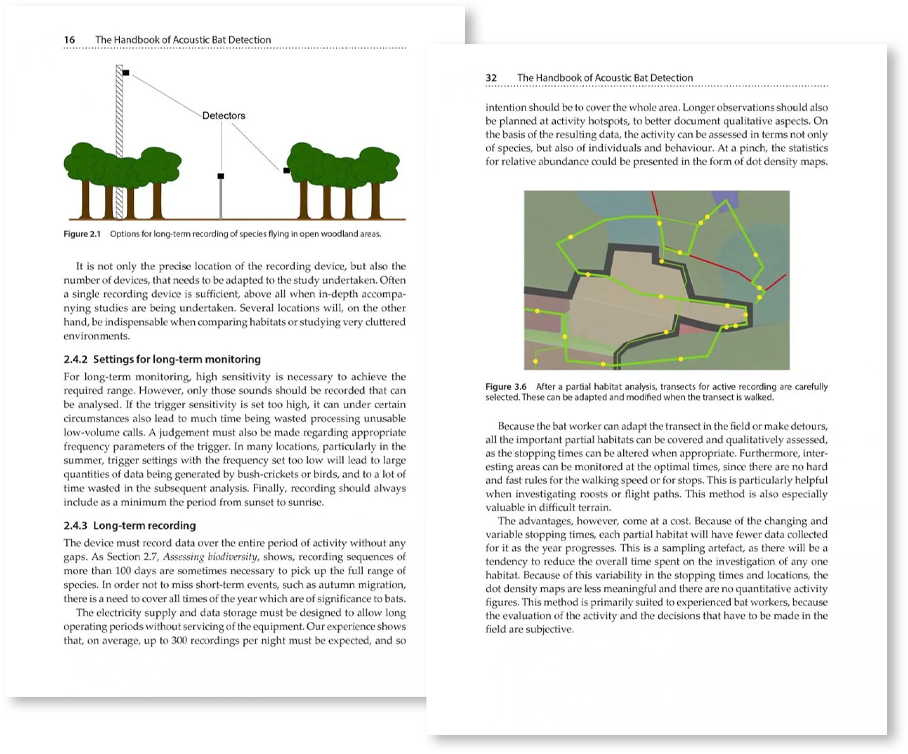
Now that this book is complete, do you have any future projects you would like to tell us about?
There are many projects – especially since we now face a major green-green dilemma with climate conservation often acting against biodiversity conservation. This especially is visible in the renewable energy sector. So currently some of us are investigating chances to further identify the possibilities of improving bat conservation for planning wind parks and other sources of renewables.
Another project is the ongoing improvement of species identification based on bat calls. We are working on new solutions to give better results.
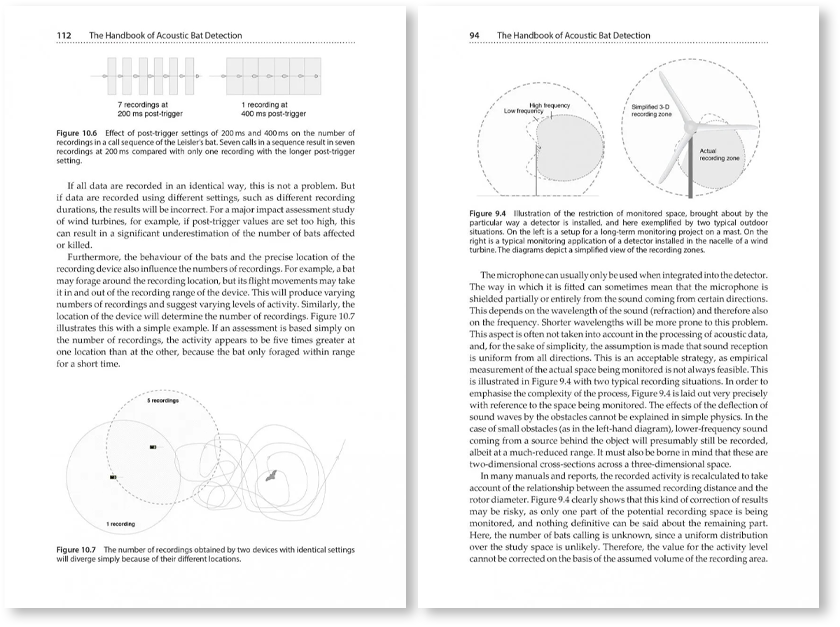
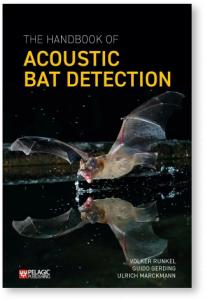
The Handbook of Acoustic Bat Detection
Available for pre-order: Due September 2021
Paperback | £39.99
All prices correct at the time of this article’s publication.






